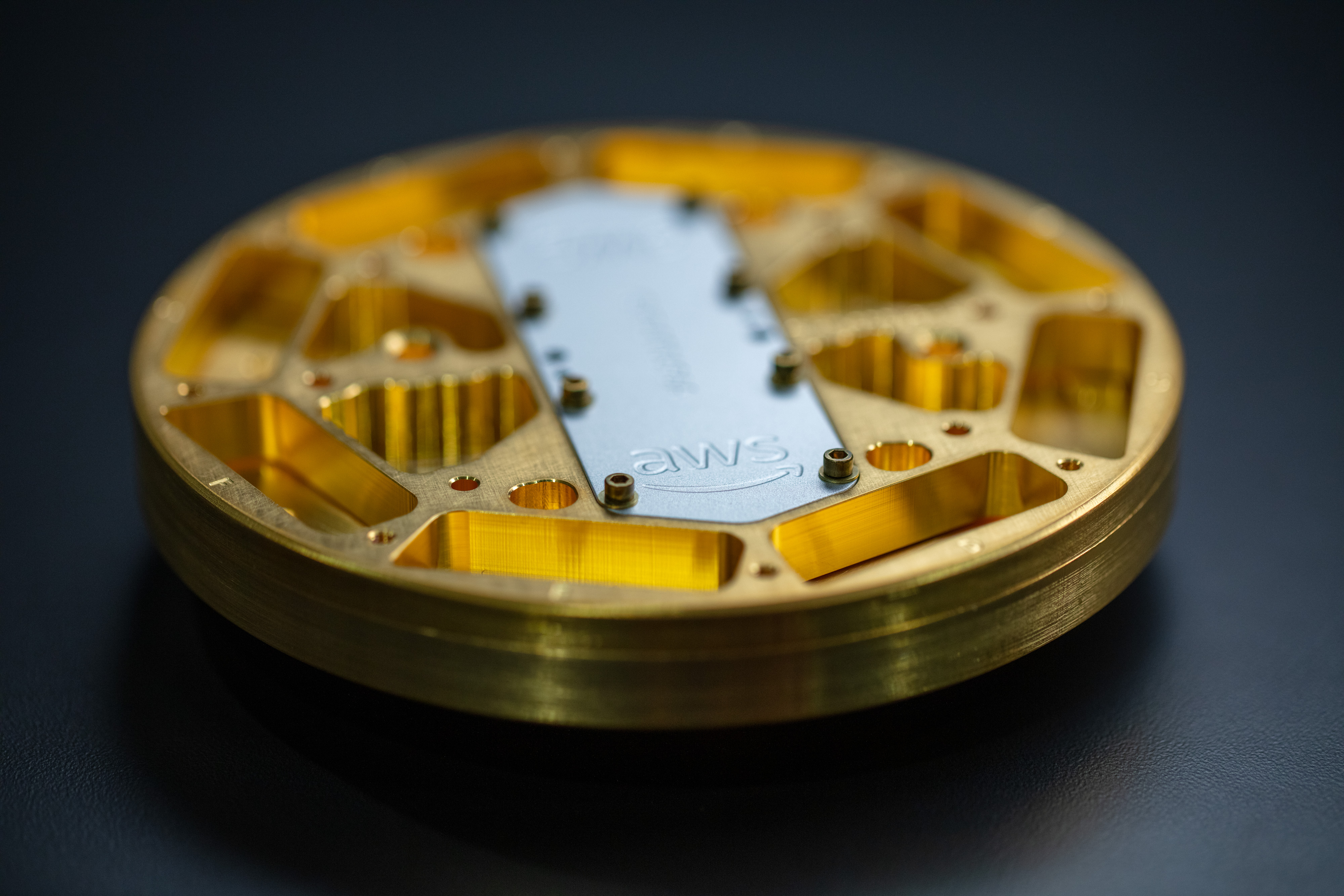AWS Quantum Technologies Blog
Tag: research
Constructing an “end-to-end” quantum algorithm: a comprehensive technical resource for algorithms designers
Today we’re introducing Quantum algorithms: A survey of applications and end-to-end complexities. This is a comprehensive resource, designed for quantum computing researchers and customers who are looking to explore how quantum algorithms will apply to their use cases.
Graph coloring with physics-inspired graph neural networks
In this post we show how physics-inspired graph neural networks can be used to solve the notoriously hard graph-coloring problem, at scale. This can help in an huge number of familiar resource-allocation problems from sports to rental cars.
Running Jupyter notebooks as hybrid jobs with Amazon Braket
Running Jupyter notebooks as Hybrid Jobs on Amazon Braket, you get performance and convenience of jobs, without modifying code. In this post, we show how you can scale up from exploratory notebook to repeatable and reliable experiments on different quantum hardware.
AWS releases open-source software Palace for cloud-based electromagnetics simulations of quantum computing hardware
Today, we are introducing Palace, for PArallel, LArge-scale Computational Electromagnetics, a parallel finite element code for full-wave electromagnetics simulations. Palace is used at the AWS Center for Quantum Computing to perform large-scale 3D simulations of complex electromagnetics models and enable the design of quantum computing hardware. We developed it with support for the scalability and […]
Optimization of robot trajectory planning with nature-inspired and hybrid quantum algorithms
Introduction The problem of robot motion planning is pervasive across many industry verticals, including (for example) automotive, manufacturing, and logistics. In the automotive industry, robotic path optimization problems can be found across the value chain in body shops, paint shops, assembly, and logistics, among others [1]. Typically, hundreds of robots operate in a single plant […]
Bernoulli line and the Bloch sphere: visualizing probability and quantum states
Introduction In recent years, quantum computers have evolved from laboratory experiments available to only a handful of scientists, to research devices that are accessible worldwide through cloud services like Amazon Braket. The impact of cloud access to quantum computers is not limited to laboratory scientists and developers as it allows educators to bring these devices […]
Sprinternships with Break Through Tech Chicago and the Amazon Braket quantum computing team
During May 2022, Amazon Web Services hosted its first cohort of students participating in Break Through Tech Chicago’s annual Sprinternship. This is a micro-internship program designed to transform the career trajectories of women (cisgender and transgender) and nonbinary individuals. The program offers these students foundational work experience that prepares them for the tech workforce. Break […]
Exploring computational chemistry using Quantinuum’s InQuanto on AWS
Introduction Quantum computers hold the promise of driving novel approaches to solving complex problems across multiple fields, including optimization, machine learning, and the simulation of physical systems. Researchers are already using quantum computers to explore computational chemistry problems, however the scale and capabilities of quantum devices available today is limited by noise and other factors. […]
Introducing the Amazon Braket Algorithm Library
Research scientists and quantum algorithm developers are often new to cloud computing. Their main focus during quantum algorithm development should center on writing algorithm code; however, they often spend time setting up and maintaining interactive development environments, estimating costs to run their code on classical or quantum hardware, and stitching together common subroutines. Today, we […]
New research from Harvard and AWS will enable higher temperature operation of quantum communications networks
Following the announcement of a research alliance between the AWS Center for Quantum Networking and Harvard University, a joint team of Harvard and AWS scientists published a research paper today in Science Magazine discussing production of quantum memories that can operate at higher temperatures – enabling reduced cost and increased reliability for this fundamental component […]









